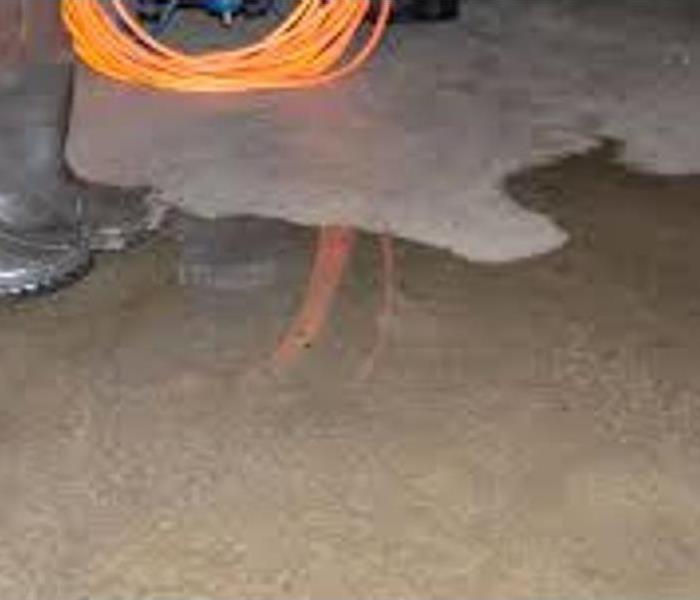How Significant Can Water Damage Be to a Home?
8/5/2021 (Permalink)
Water damage can occur in a number of scenarios, and even the smallest problem can become an expensive one if it’s not discovered in a timely manner. A leaking refrigerator, for instance, could be seeping water into your flooring—and below into your basement—for months before you find the issue.
Plumbing leaks and problems could also go undetected for longer than they should. By the time you find the problem, you could have serious water damage on your hands, including buckled flooring, warped walls, and mold damage.
The average homeowner spends an average of $2,300 to fix or restore water damage in their home. That includes not only bringing in professionals to try and dry up any water or wet materials, but also any carpentry, masonry, or other contracting necessary to repair or rebuild.
That might not seem like a lot of money, but homeowners insurance doesn't always cover water damage —which means you might be stuck with the bill.
What Does Homeowners Insurance Cover?
One of the more critical things to understand about homeowners insurance is what types of water damage a policy will cover. The phrase most often used is “sudden and accidental.” That means if you have a water heater pipe suddenly burst and spray water everywhere, soaking into the wall and flooring, your policy may cover the repairs under what’s called “dwelling coverage.”
Your policy may also have personal property coverage, which means if that water heater pipe bursting also damages your favorite recliner or a stack of books, replacing those items may also be covered.
Before your policy covers anything, you’ll probably need to pay a deductible. It’s smart to know what your deductible is now before anything happens. Some homeowners like to keep an amount of money equal to the deductible amount tucked away in a savings account. Depending on how much the deductible is, you might still end up paying a lot of money out of pocket even if your water damage is covered.
Water damage covered by snow, ice, or sleet is usually covered as well. Too much snow on certain types of roofs can cause caving or leaking; that means you could have damage to your walls too—and that can be a costly repair.





 24/7 Emergency Service
24/7 Emergency Service
